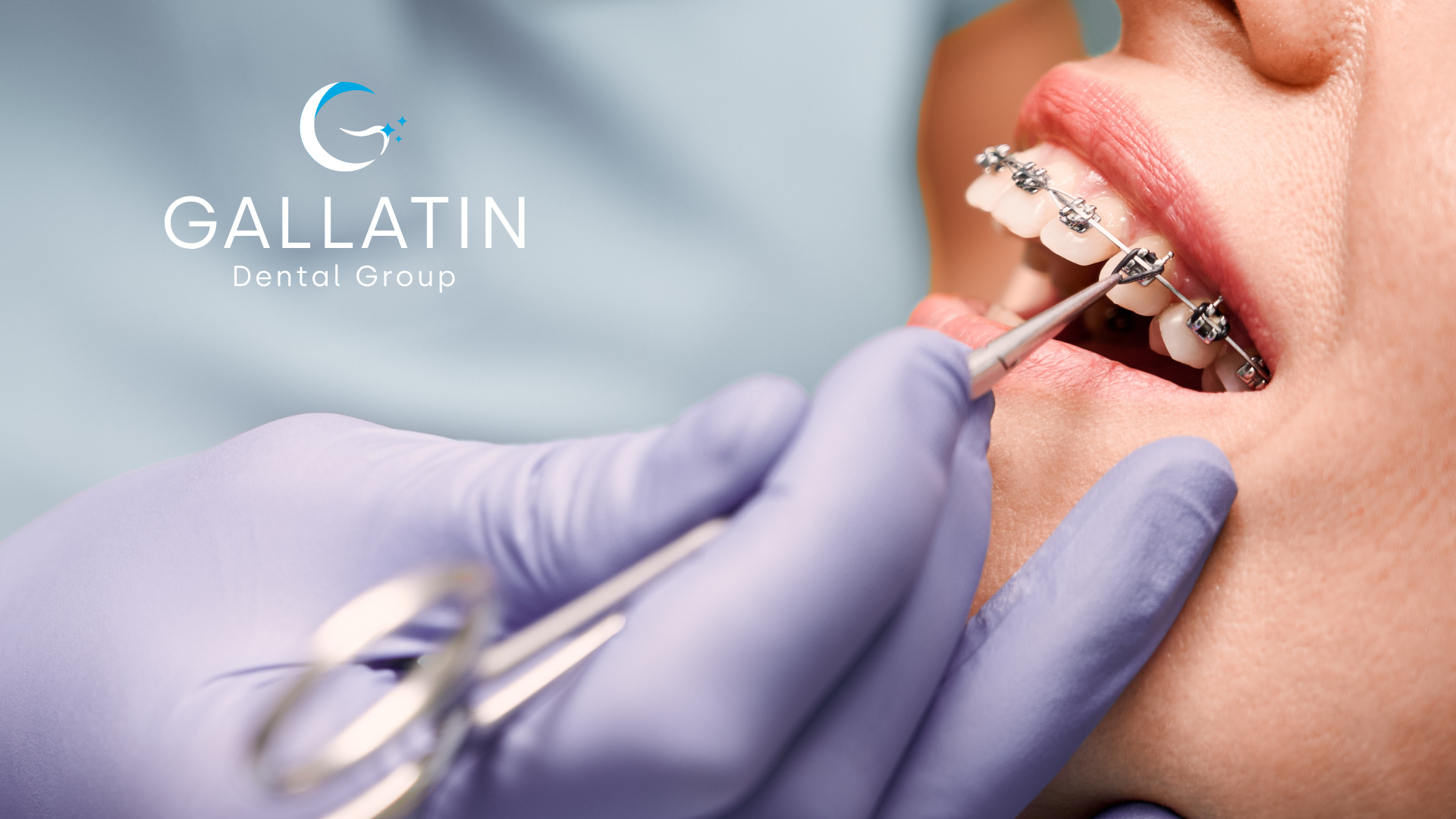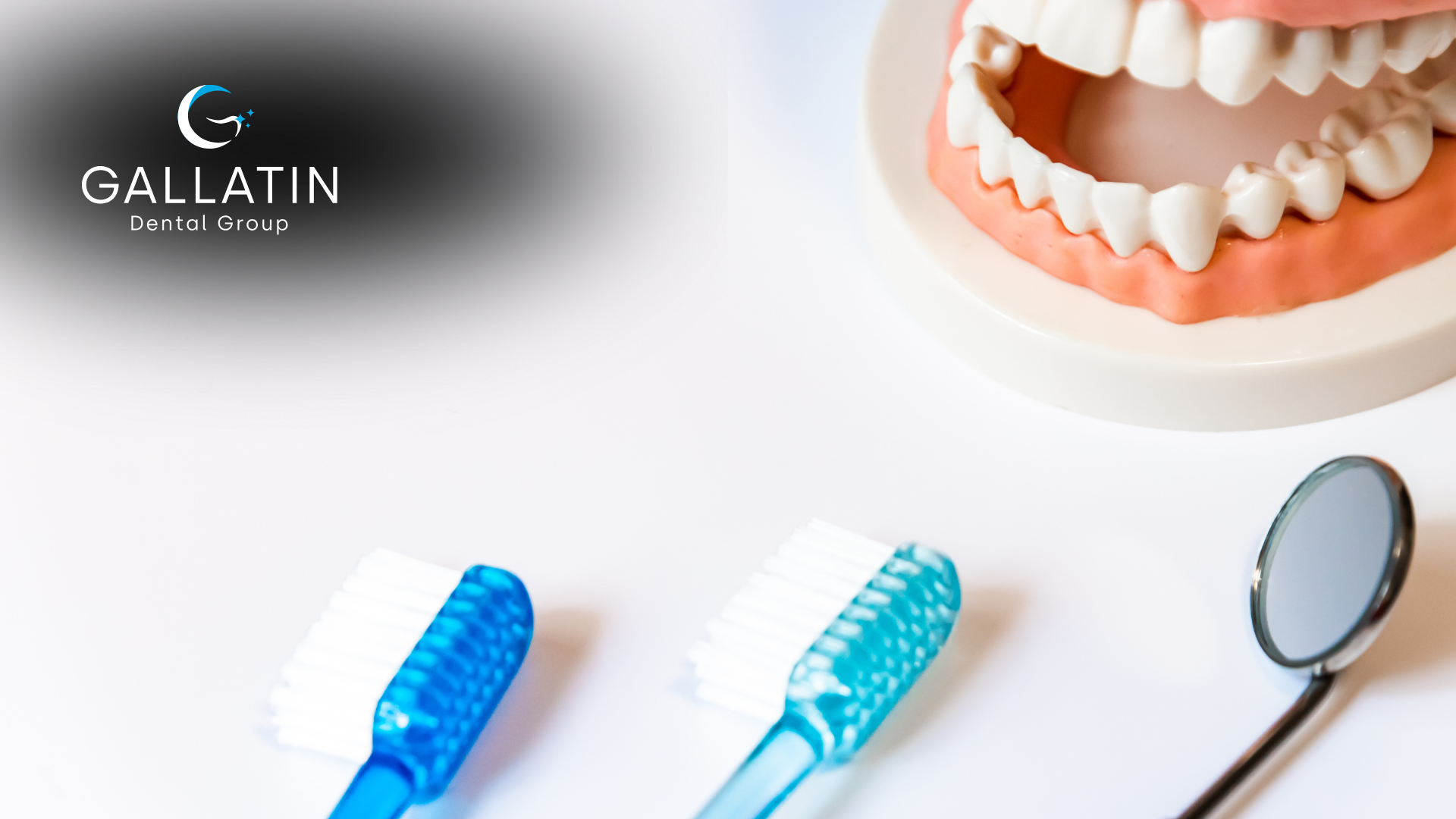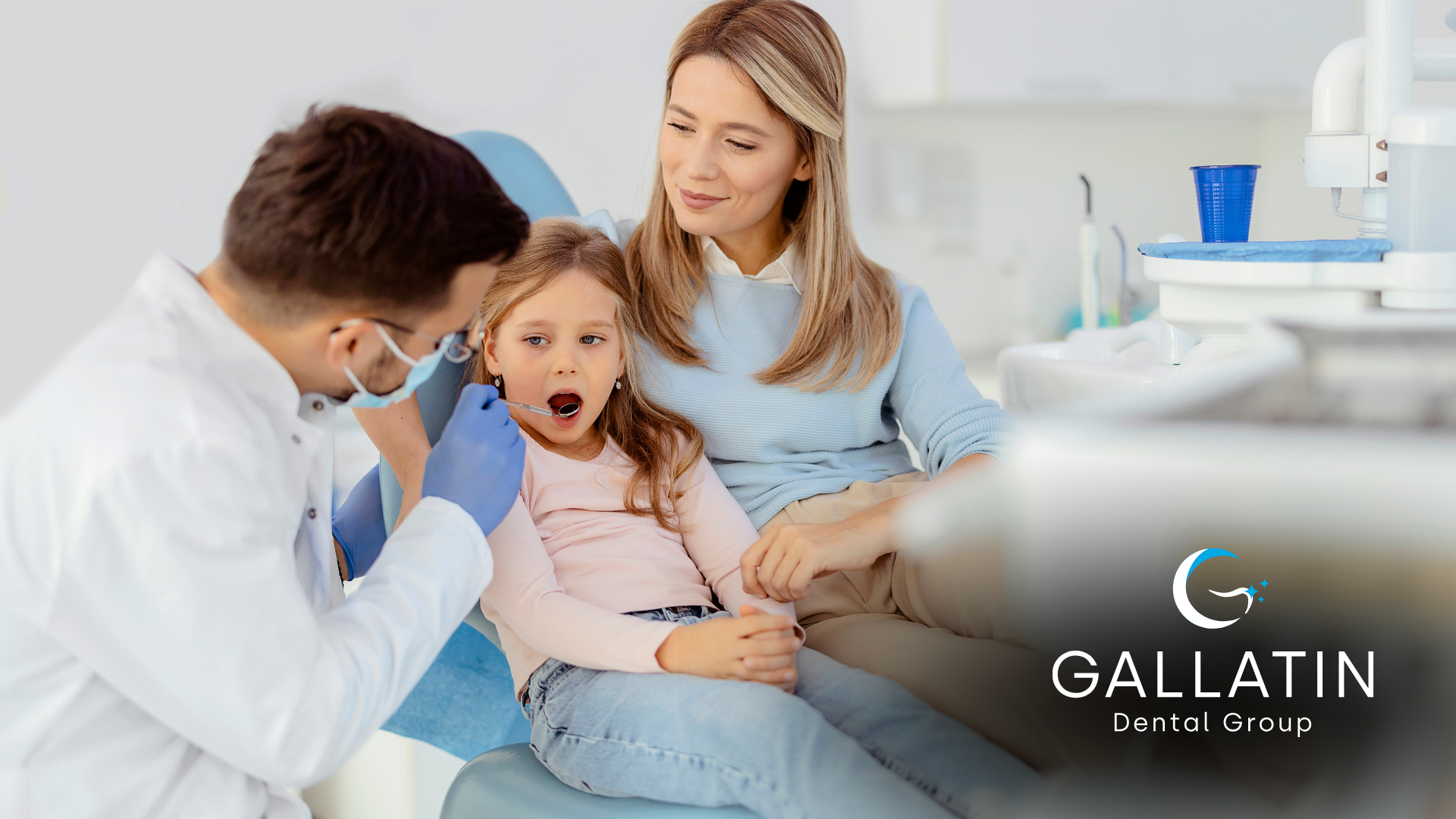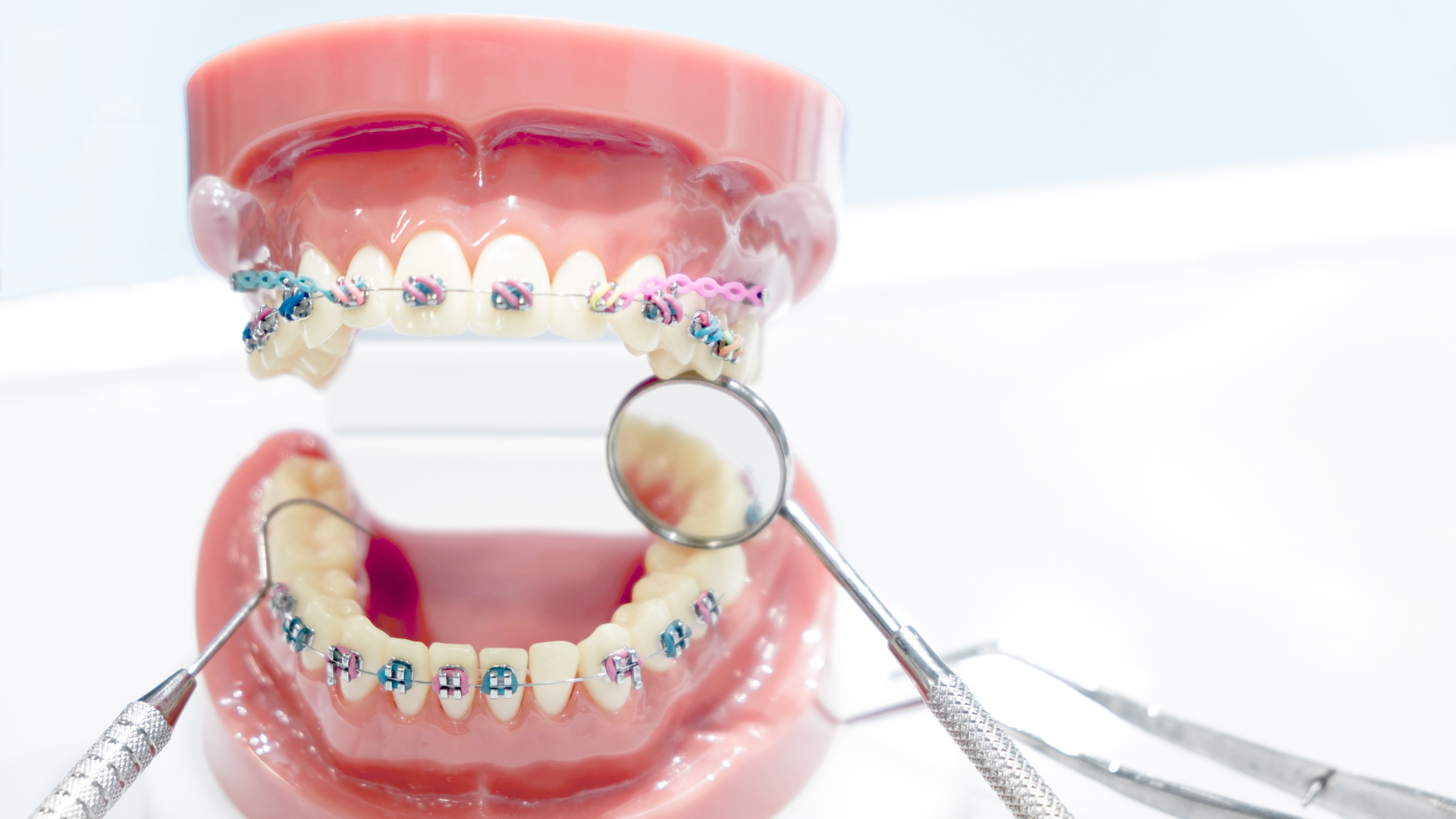What to Avoid After Tooth Extraction
Understanding the Basics of Tooth Extraction Aftercare
The Importance of Following Post-Operative Instructions
Follow post-operative instructions for a swift recovery, free of complications. Adhering to the guidelines provided by your dentist or oral surgeon will reduce the risk of infection and other complications.
Initial 24 Hours: Critical Care Steps
The first 24 hours after a tooth extraction are vital for ensuring a smooth recovery process. Here are some key steps to follow:
- Avoid any form of rinsing or spitting to prevent dislodging the blood clot.
- Apply ice packs to the cheek to reduce swelling.
- Rest and keep your head elevated to minimize bleeding.
Common Misconceptions About Recovery
Many patients believe that a quick rinse or brushing near the extraction site can keep it clean and prevent infection.
However, these actions can disturb the clot and delay healing. It's important to avoid any oral hygiene activities that involve the extraction site directly during the initial recovery phase.
Foods and Beverages to Avoid
Hard and Crunchy Foods
After tooth extraction, avoid hard and crunchy foods such as nuts, chips, and hard candies. These can disturb the clot that is essential for healing and may cause pain or damage to the extraction site.
Hot Beverages and Alcohol
Avoid hot beverages like coffee and tea, as well as alcoholic drinks for at least 24 hours post-extraction. Heat can cause the blood clot to dissolve, leading to increased bleeding and a painful condition known as dry socket.
Sugary Foods and Drinks
Limit sugary foods and beverages, as sugar can increase the risk of infection at the extraction site. Opt for water and healthy, soft foods to aid in a smoother recovery process.
Activities to Steer Clear Of Strenuous Exercise
- Avoid engaging in heavy physical activities such as gym workouts, running, or lifting heavy objects for at least a week after the extraction.
- These activities can increase blood pressure and may lead to bleeding at the extraction site.
Using Straws and Smoking
- The suction action required to use straws or smoke can dislodge the blood clot that forms at the extraction site, leading to a painful condition known as dry socket.
- Avoid these activities for at least 48 hours post-extraction.
Traveling by Air
- Changes in air pressure during a flight can affect the wound healing process.
- It is advisable to postpone any air travel for a few days after your tooth extraction to ensure proper healing and to avoid complications.
Oral Hygiene Practices to Postpone
Brushing the Extraction Site
After tooth extraction avoid brushing directly at the extraction site to prevent dislodging the blood clot. Use a soft-bristled toothbrush to gently clean the surrounding teeth, avoiding the surgical area for at least 48 to 72 hours.
Using Mouthwash
Traditional mouthwashes, especially those containing alcohol, can be too harsh on a fresh extraction site. Instead, opt for saltwater rinses after the first 24 hours to aid healing without causing irritation.
Flossing Around the Affected Area
Flossing is an important part of dental hygiene, but it should be avoided around the extraction site immediately after surgery. This helps to protect the clot and the surrounding gums. Resume flossing other teeth, being careful not to tug near the extraction site.
Medications and Supplements to Be Cautious About
Avoiding Certain Painkillers
After a tooth extraction, certain painkillers can exacerbate bleeding or delay healing. Non-steroidal anti-inflammatory drugs (NSAIDs), such as ibuprofen, should be used cautiously if prescribed by your dentist in Downey.
Herbal Supplements That Increase Bleeding
Some herbal supplements can increase the risk of bleeding and should be avoided post-extraction. These include:
- Ginkgo biloba
- Garlic
- Ginger
- Vitamin E
Anticoagulant Medications
Patients on anticoagulant medications need to consult their healthcare provider before undergoing tooth extraction. Adjustments may be necessary to prevent excessive bleeding during and after the procedure.
Monitoring for Complications
After a tooth extraction monitor for any signs of complications that could affect recovery. Being vigilant can help prevent serious issues and ensure a smoother healing process.
Signs of Infection
- Unusual or persistent bad taste
- Fever or chills
- Redness, warmth, or swelling at the extraction site
Keep an eye on the extraction site for any signs of infection.
Persistent Bleeding
- Bleeding should normally subside within the first 24 hours.
- If bleeding continues, apply pressure with a clean gauze pad.
- Consult your dentist if bleeding persists beyond what is considered normal.
Swelling and Pain Management
- Swelling is common and usually peaks around 48 hours after the procedure.
- Use ice packs on the cheek to help reduce swelling.
- Manage pain with the medications your dentist prescribes or recommends.
Handling Dental Hygiene Suggestions
Soft-Bristled Toothbrush Use
After a tooth extraction, use a soft-bristled toothbrush. This type of brush minimizes irritation to the extraction site and helps prevent injury to sensitive gums. Always brush gently to avoid any complications.
Cleaning Dental Appliances
If you use dental appliances like dentures or bridges, proper cleaning is essential to avoid infection. Use a gentle cleanser and avoid harsh scrubbing. Ensure they are thoroughly dried before reinserting them to prevent bacterial growth.
When to Replace Your Toothbrush
Regularly replacing your toothbrush is vital for maintaining oral hygiene. After an extraction, consider replacing your toothbrush to reduce the risk of infection at the surgical site. A new toothbrush every three to four months is recommended, or sooner if the bristles become frayed.
Frequently Asked Questions
Why is it important to follow post-operative instructions after a tooth extraction?
Following post-operative instructions for proper healing, preventing infections, and avoiding complications such as dry socket.
What foods should I avoid after a tooth extraction?
Yes, it's normal to experience numbness for several hours post-procedure. However, if the numbness persists beyond the expected time frame, it's important to contact your dentist.
What activities should I steer clear of after having a tooth pulled?
Avoid strenuous exercise, using straws, smoking, and traveling by air soon after the extraction to prevent dislodging the blood clot.
When can I resume brushing the extraction site?
You should avoid brushing the extraction site directly for at least 24-48 hours to allow the area to heal. Follow your dentist's specific instructions.
What medications should I be cautious about after a tooth extraction?
Be cautious about using certain painkillers, herbal supplements that increase bleeding, and anticoagulant medications. Always consult with your dentist or doctor.
How can I tell if I'm developing complications after a tooth extraction?
Watch for signs of infection, persistent bleeding, and excessive swelling or pain. Contact your dentist if you experience any of these symptoms.
